

Ben Zachariah
Warren Buffett bails on BYD – report
9 Hours Ago
A report outlining Australia's road death toll shows people aged between 40-60 years old are most at risk.

Contributor
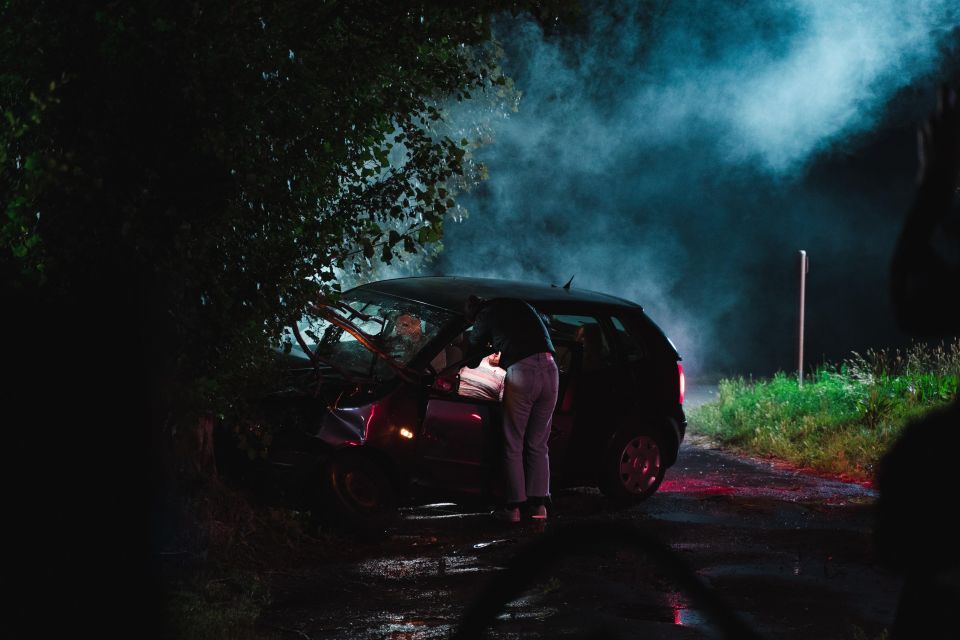

Contributor
A report into Australia’s road death toll shows male drivers between 40-60 years old are the demographic statistically most at risk of losing their lives on our roads.
The data, compiled and published by Savvy, reveals which states and demographics were involved in road fatalities across a 12-month period between April 2022 and April 2023.
Per a report from the Department of Infrastructure, Transport, Regional Development, Communications and the Arts, 376 people who died nationally during this period were aged between 40-64 years old.
Zero to seven year olds accounted for the fewest amount of deaths over this period with 18 recorded fatalities.
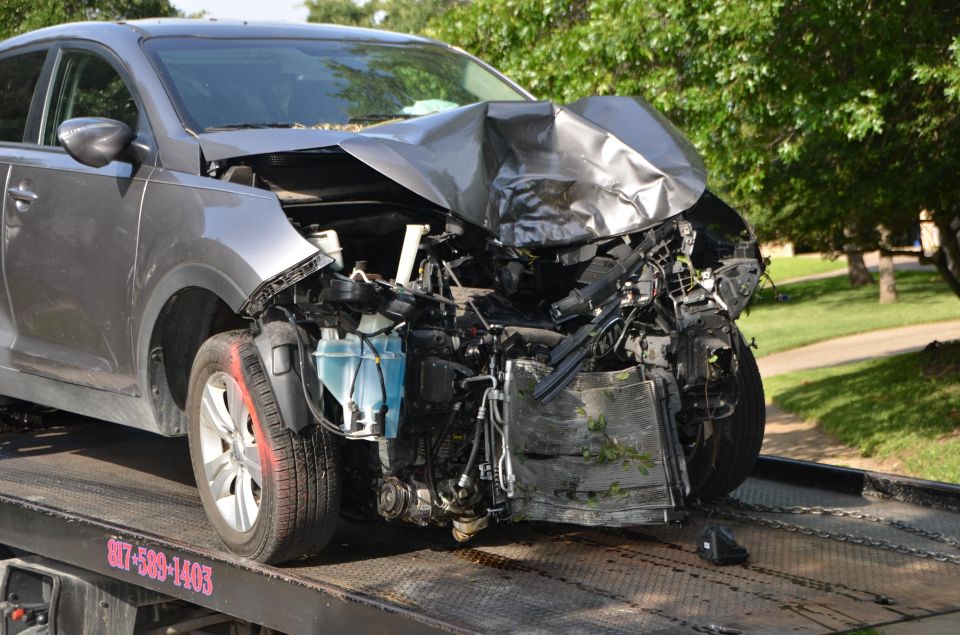
The report also outlines 563 deaths involved the driver of the vehicle, 235 deaths involved a motorcyclist, 195 deaths included passengers and 164 deaths included pedestrians while bicycle riders counted for 38 deaths.
The annual death toll during this period was up 4.3 per cent to 1204.
Statistics show there was a 14.7 per cent increase in the number of women who died on our roads. The Savvy report also states that 48.6 per cent of those who lost their lives were driving when the incident occurred.
4.6 deaths attributed to road fatalities were recorded per 100,000 people in Australia, an increase of 2.5 per cent YoY.

Australia sits 20 of out 36 countries within the Organisation for Economic Co-operation and Development (OECD) for road fatalities.
Between 2011 and 2020, Australia’s fatality rate dropped by 25.4 per cent compared to the OECD average of 34.6 per cent.
Based on figures from 2020, the United Kingdom sat at 2.2 road fatalities per 100,000 people and Germany reported 3.27 road fatalities per 100,000 people, with Australia sitting in the middle.
For context, New Zealand had a figure of 6.01 fatalities and the United States had 11.78 road deaths per 100,000 people.
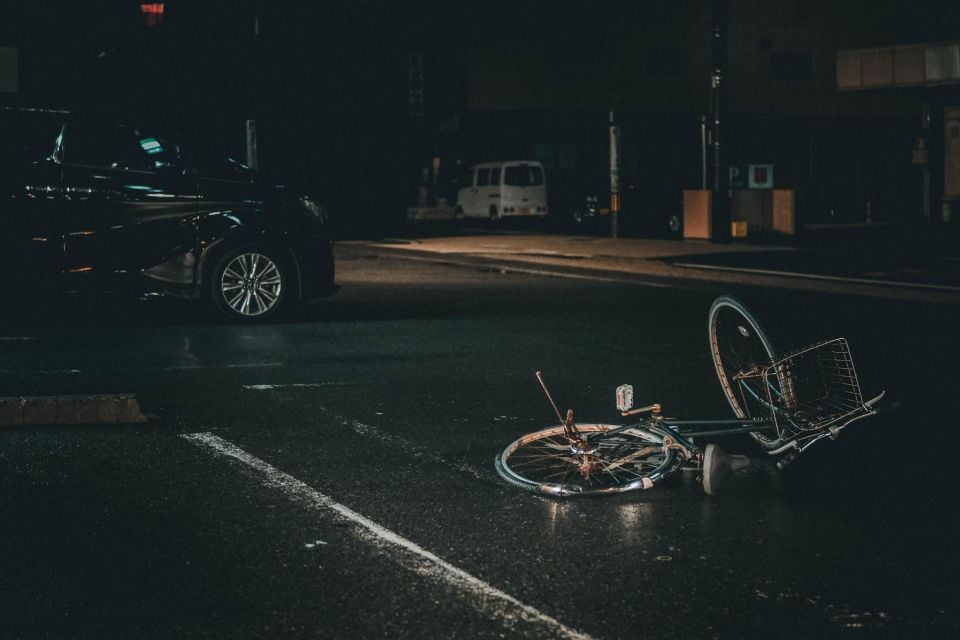
Over the last 10 years, Australia’s road death toll has remained fairly steady. Its lowest recorded year was 2020 with 4.3 deaths per 100,000 people.
In 2021 this increased incrementally to 4.4, which is likely due to the end of Covid lockdown restrictions as more cars regularly got back on the roads, while 2022 saw an increase to 4.6 deaths per 100,000 people.
Savvy broke down state-by-state the figures attributed to our national death toll.
New South Wales had the highest recorded death toll with 296 casualties between April 2022 and April 2023, closely followed by Queensland with 280 deaths.

The state or territory with the least amount of recorded casualties was the Australian Capital Territory with 15 fatalities.
Below, we have broken down the road toll figures recorded by Savvy for each state over the April 2022 to April 2023 period.
New South Wales recorded 296 deaths as a result of road incidents, which was up 2.1 per cent YoY.
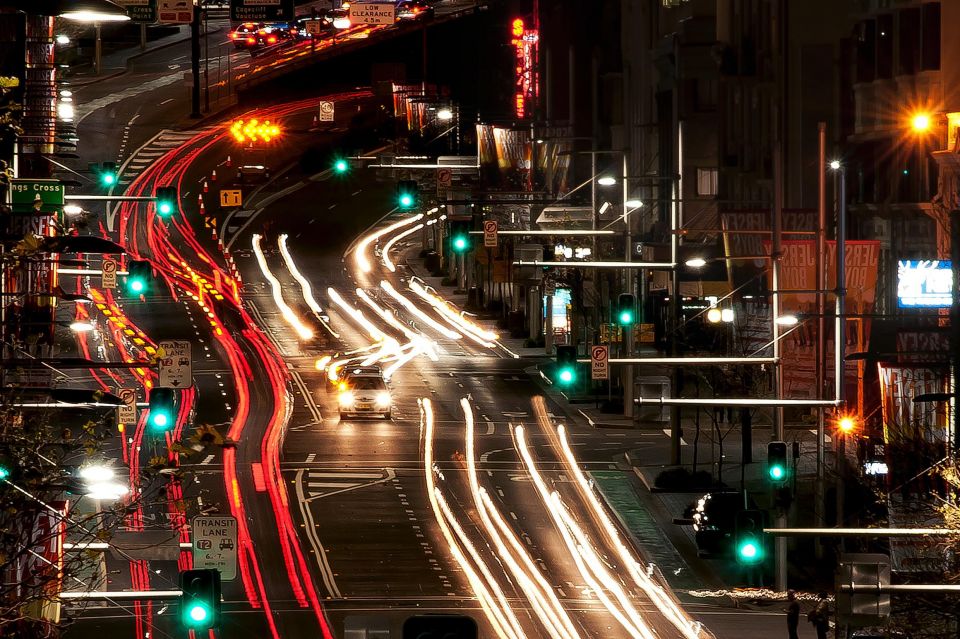
213 road casualties were men and 83 were women. The death toll of women rose by 18.6 per cent YoY.
45.9 per cent of road users who died were drivers, while 20.6 per cent were pedestrians and 15.5 per cent were vehicle passengers.
People aged 40 to 64 years old experienced the highest mortality rate with 81 people killed. This was followed by 17 to 25 year olds with 54 people dying and then closely followed by 26 to 39 year olds with 52 casualties.
NSW experienced a 10-year low in 2021 with 279 deaths, while 2018 saw its 10-year high with 406 deaths.
Queensland recorded 280 deaths as a result of road incidents, which was up 1.1 per cent YoY.

214 road casualties were men, which was up 2.4 per cent, while 65 were women. The death toll for women decreased by three per cent.
46.8 per cent of road users who died were drivers, while 26.8 per cent were motorcyclists and 14.3 per cent were vehicle passengers.
People aged 40 to 64 years old experienced the highest mortality rate with 93 people killed, this was followed by 17 to 25 year olds and 26 to 39 year olds both resulting in 53 deaths respectively.
Victoria recorded 266 deaths as a result of road incidents, which was up 10.4 per cent YoY.
195 road casualties were men, which was up 14.7 per cent. 65 were women, a drop of 8.5 per cent. There were 6 deaths that were classified as unknown.

45.6 per cent of road users who died were drivers, while 18.8 per cent were motorcyclists and 16.2 per cent were pedestrians.
People aged 40 to 64 years old experienced the highest mortality rate with 74 people killed, and this was followed by 26 to 39 year olds with 64 recorded deaths and 17 to 25 year olds with 46 fatalities.
Victoria experienced a 10-year low in 2021 with 200 deaths, while 2017 saw its 10-year high with 280 deaths.
Western Australia recorded 178 deaths as a result of road incidents which was up 12.7 per cent YoY.
127 road casualties were men, which was unchanged YoY, while a 64.5 per cent increase in deaths among women saw 51 die.
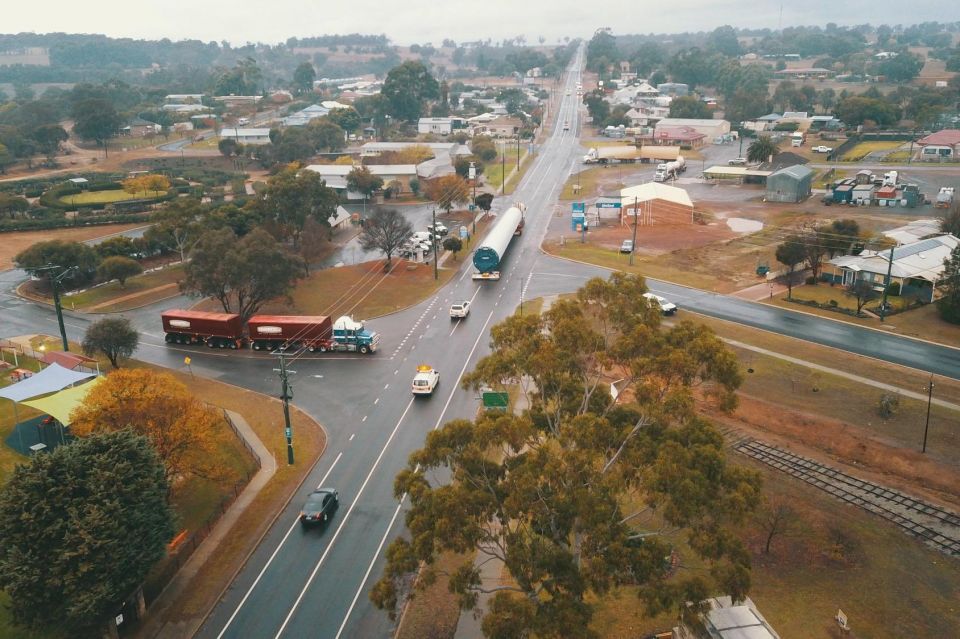
48.9 per cent of road users who died were drivers, while 23 per cent were motorcyclists and 16.9 per cent were vehicle passengers.
People aged 40 to 64 years old experienced the highest mortality rate with 66 people killed. This was followed by 26 to 39 year olds with 42 recorded deaths and 17 to 25 year olds with 30 fatalities.
Western Australia experienced a 10-year low in 2020 with 147 deaths, while 2017 saw its 10-year high with 188 deaths.
South Australia recorded 96 deaths as a result of road incidents, which was up 9.1 per cent YoY.
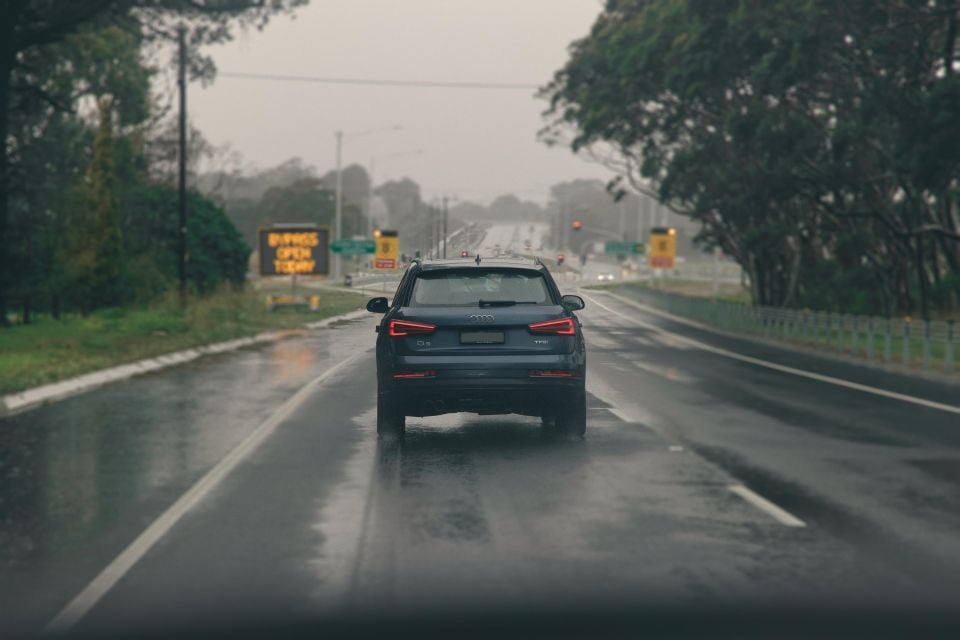
60 road casualties were men, a 13 per cent decrease YoY, while a 89.5 per cent increase in deaths among women resulted in 36 deaths.
55.2 per cent of road users who died were drivers, while 15.6 per cent were motorcyclists and 14.6 per cent were pedestrians.
People aged 40 to 64 years old experienced the highest mortality rate with 35 people killed, and this was followed by 26 to 39 year olds with 20 deaths respectively.
South Australia experienced a 10-year low in 2017 with 80 deaths, while 2015 saw its 10-year high with 108 deaths.
Tasmania recorded 43 deaths as a result of road incidents, a decrease of three per cent YoY.
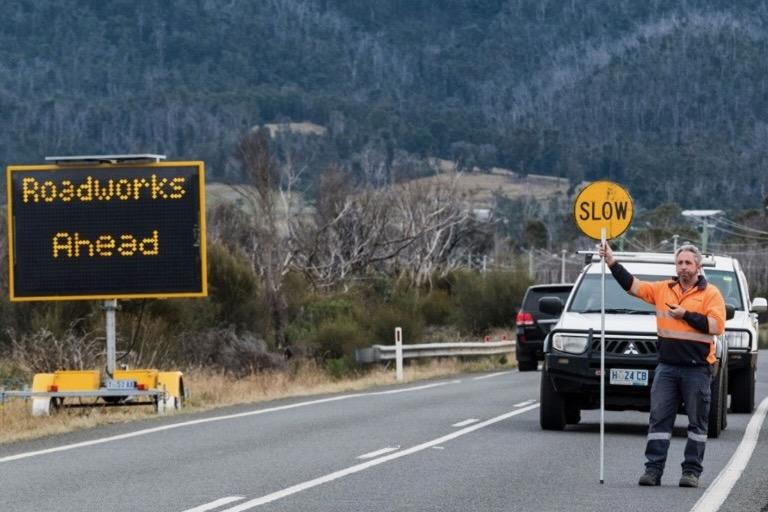
31 road casualties were men while 12 deaths were women.
55.8 per cent of road users who died were drivers, while 18.6 per cent were passengers and 16.3 per cent were motorcyclists.
People aged 26 to 39 and 40 to 64 years old each accounted for 10 deaths respectively. The 17 to 25 year old and over 75 year old age brackets each accounted for six deaths.
Northern Territory recorded 34 deaths as a result of road incidents, a decrease of 24.4 per cent YoY.
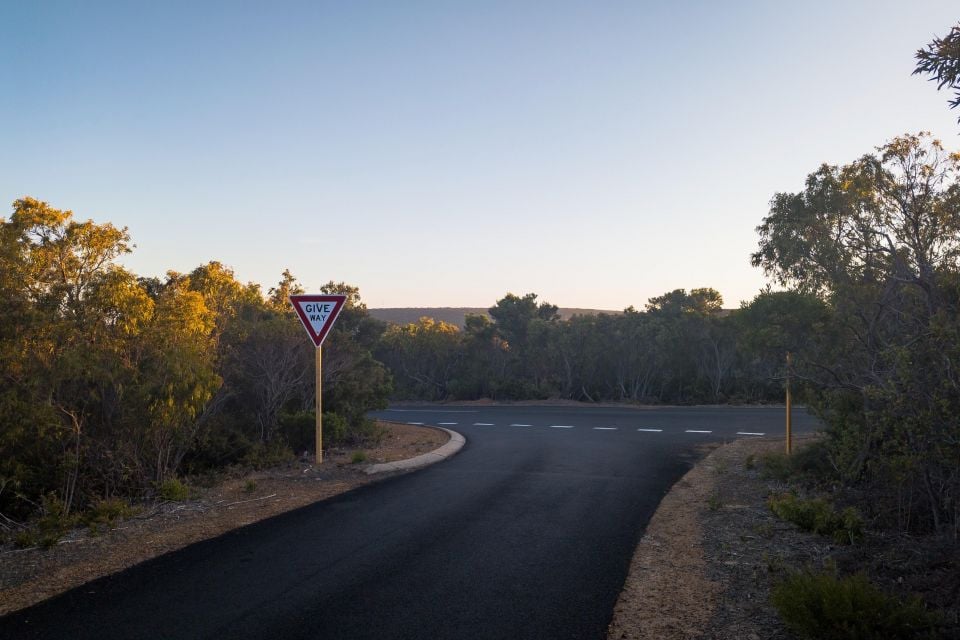
62 road casualties were men, a 7.5 per cent decrease YoY, while a 57.9 per cent increase in deaths among women saw 37 die.
32.4 per cent of road users who died were passengers, while 26.6 per cent were pedestrians and 23.3 per cent were drivers.
People aged 17 to 25 year olds and 40 to 64 years old each accounted for 10 deaths respectively, while those aged between 26 to 39 years old accounted for six deaths.
The Northern Territory experienced a 10-year low in 2022 with 31 deaths, and saw its 10-year high with 52 deaths.
The Australian Capital Territory recorded 15 deaths as a result of road incidents, an increase of 36.4 per cent YoY.

46.7 per cent of road users who died were passengers, and the same percentage applied for drivers.
Seven people aged between 17 to 25 lost their lives while 40 to 64 year olds accounted for 5 deaths.
ACT experienced a 10-year low in 2018 and 2019 with six deaths each year, while 2022 saw its 10-year high with 15 deaths.
Jade Credentino is an automotive journalist currently based in Melbourne, Australia. Jade has had a chance to review a variety of vehicles and particularly enjoys SUVs. She enjoys traveling and going on road trips exploring Australia.


Ben Zachariah
9 Hours Ago


William Stopford
12 Hours Ago


CarExpert.com.au
12 Hours Ago


Damion Smy
13 Hours Ago


Damion Smy
14 Hours Ago


William Stopford
14 Hours Ago